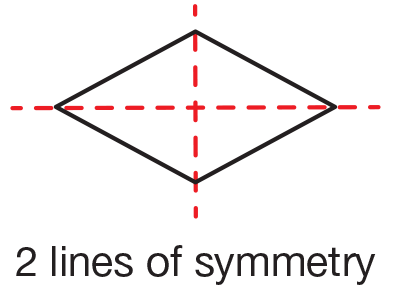Students explore the concept of line symmetry, a common aspect of many shapes. Students use pattern blocks to create a mirror image of a pattern block figure and play a game using pattern blocks to make symmetrical shapes.
Content in this Lesson
- Composing shapes that have line symmetry [E7].
- Composing and decomposing shapes.
Assessment in this Lesson
| Assessment | Expectation Assessed |
|---|---|
|
Pattern Block Symmetry Check-In: Questions 5–6 Student Activity Book Page 271 |
|
|
My Pattern Block Shape Student Activity Book Page 275 |
|
|
DPP Item T Fact Families: Groups A and B Teacher Guide - digital |
|
|
DPP Item V 100 Chart Patterns Teacher Guide - digital |
|
















